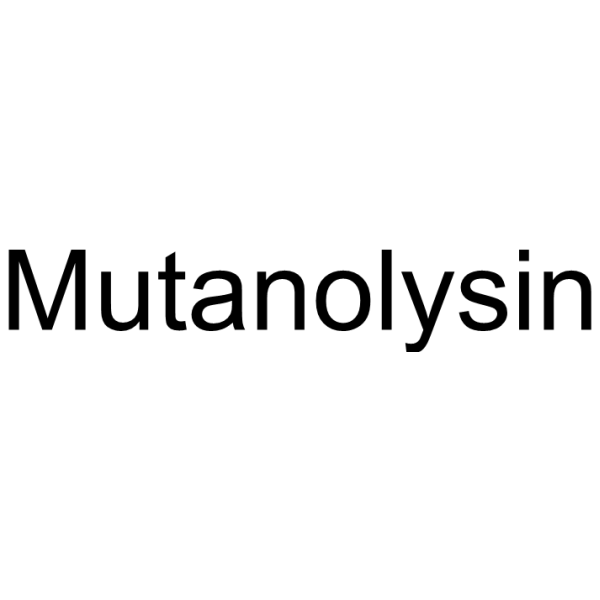Whole-Genome Sequencing in Microbial Forensic Analysis of Gamma-Irradiated Microbial Materials.
Stacey M Broomall, Mohamed Ait Ichou, Michael D Krepps, Lauren A Johnsky, Mark A Karavis, Kyle S Hubbard, Joseph M Insalaco, Janet L Betters, Brady W Redmond, Bryan A Rivers, Alvin T Liem, Jessica M Hill, Edward T Fochler, Pierce A Roth, C Nicole Rosenzweig, Evan W Skowronski, Henry S Gibbons
Index: Appl. Environ. Microbiol. 82 , 596-607, (2016)
Full Text: HTML
Abstract
Effective microbial forensic analysis of materials used in a potential biological attack requires robust methods of morphological and genetic characterization of the attack materials in order to enable the attribution of the materials to potential sources and to exclude other potential sources. The genetic homogeneity and potential intersample variability of many of the category A to C bioterrorism agents offer a particular challenge to the generation of attributive signatures, potentially requiring whole-genome or proteomic approaches to be utilized. Currently, irradiation of mail is standard practice at several government facilities judged to be at particularly high risk. Thus, initial forensic signatures would need to be recovered from inactivated (nonviable) material. In the study described in this report, we determined the effects of high-dose gamma irradiation on forensic markers of bacterial biothreat agent surrogate organisms with a particular emphasis on the suitability of genomic DNA (gDNA) recovered from such sources as a template for whole-genome analysis. While irradiation of spores and vegetative cells affected the retention of Gram and spore stains and sheared gDNA into small fragments, we found that irradiated material could be utilized to generate accurate whole-genome sequence data on the Illumina and Roche 454 sequencing platforms.Copyright © 2016, American Society for Microbiology. All Rights Reserved.
Related Compounds
| Structure | Name/CAS No. | Molecular Formula | Articles |
|---|---|---|---|
 |
Mutanolysin
CAS:55466-22-3 |
|
Curvature of synthetic and natural surfaces is an important ...
2010-02-15 [J. Histochem. Cytochem. 184 , 1931-45, (2010)] |
|
Mutanolysin, bacteriolytic agent for cariogenic Streptococci...
1974-08-01 [Antimicrob. Agents Chemother. 6 , 156-65, (1974)] |
|
Lysis and protoplast formation of group B streptococci by mu...
1980-06-01 [Infect. Immun. 28 , 1033-7, (1980)] |
|
Impact of aeration and heme-activated respiration on Lactoco...
2008-07-01 [J. Endocrinol. 190 , 4903-11, (2008)] |
|
c-di-AMP is a new second messenger in Staphylococcus aureus ...
2011-09-01 [PLoS Pathog. 7(9) , e1002217, (2011)] |